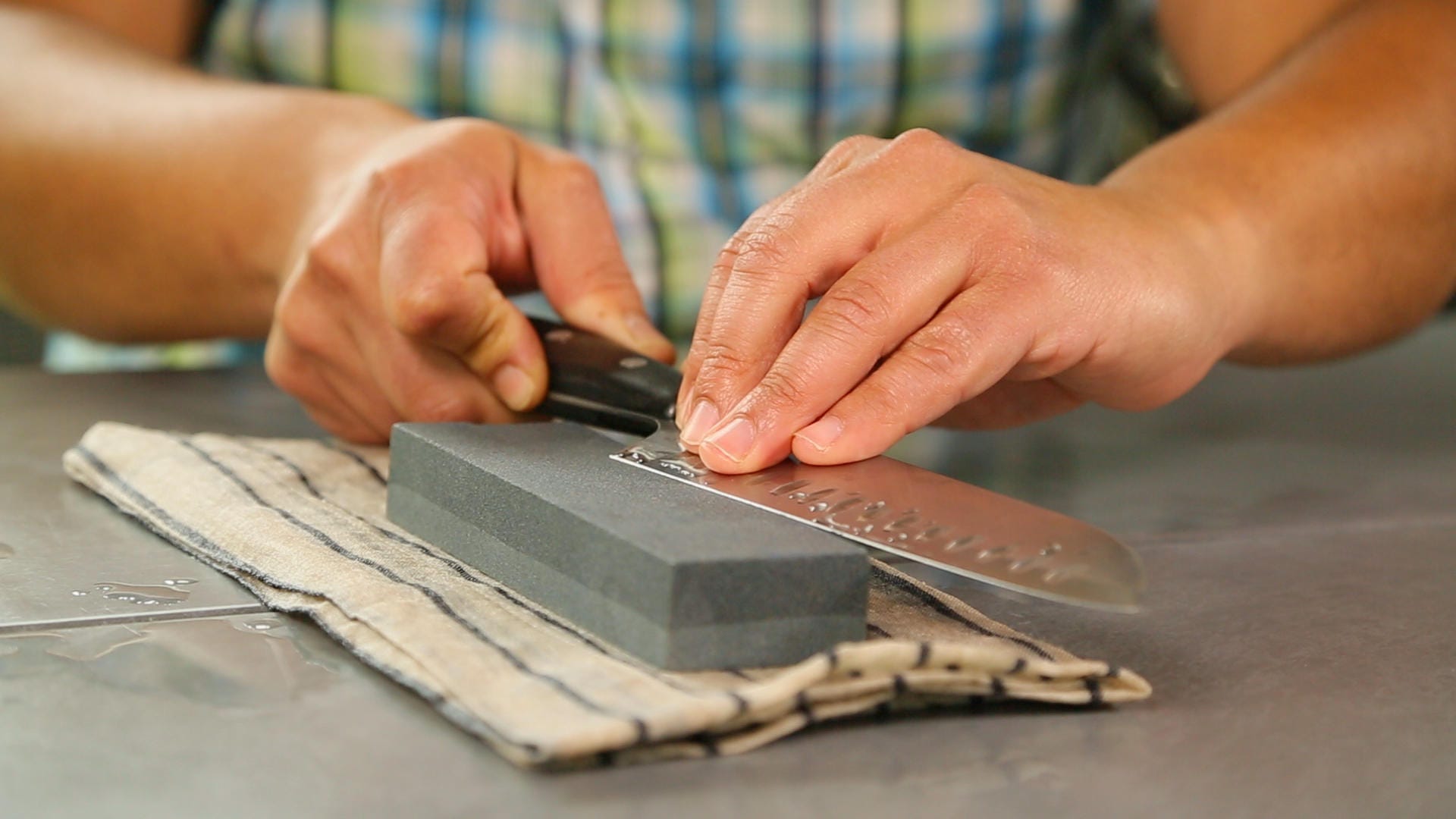Image Source: Google
As a home chef, having sharp knives is essential for preparing delicious meals efficiently and safely. Dull knives can not only slow you down in the kitchen but also increase the risk of accidents. Learning how to sharpen your knives properly is a valuable skill that every home chef should master. In this article, we will explore essential knife sharpening techniques that will help you elevate your cooking game and make your time in the kitchen more enjoyable.
The Importance of Sharp Knives
Before we dive into knife sharpening techniques, let's first understand why having sharp knives is crucial for home chefs:
Benefits of Sharp Knives:
- Sharp knives make slicing, dicing, and chopping ingredients easier and more precise.
- Efficient knives save you time in the kitchen and make meal preparation more enjoyable.
- Sharp knives reduce the risk of accidents because they require less force to cut through food.
- Well-maintained knives have a longer lifespan, saving you money in the long run.
Knife Sharpening Techniques
Now that you understand the importance of sharp knives, let's explore essential knife sharpening techniques that you can practice at home:
1. Honing vs. Sharpening:
- Honing: Using a honing steel helps maintain the edge of the knife by realigning the blade. It does not actually sharpen the blade but keeps it in optimal condition between sharpening sessions.
- Sharpening: Actual sharpening involves removing metal to create a new edge on the blade. This process is done less frequently than honing.
2. Choosing the Right Sharpening Tool:
- Whetstones: Ideal for sharpening knives of all types, whetstones come in various grits for different levels of sharpening.
- Electric Knife Sharpeners: Convenient and easy to use, electric sharpeners are great for maintaining blade sharpness regularly.
- Manual Knife Sharpeners: Compact and portable, manual sharpeners are suitable for quick touch-ups on the go.
3. Sharpening Angles:
- Most Western-style knives are sharpened at a 20-degree angle, while Japanese-style knives are sharpened at a 15-degree angle.
- Maintaining the correct sharpening angle is essential for achieving a sharp edge on the knife.
4. Sharpening Technique:
- Start by placing your knife on the sharpening tool at the appropriate angle.
- Use smooth and steady strokes to pull the blade across the sharpening surface.
- Repeat this process on both sides of the blade until you achieve a sharp edge.
Knife Maintenance Tips
In addition to sharpening your knives, it's essential to practice good knife maintenance to ensure they stay sharp and in optimal condition:
Proper Knife Storage:
- Store knives in a knife block, on a magnetic strip, or in blade guards to protect the edges.
- Avoid storing knives in a drawer where they can bump against other utensils and become dull.
Regular Cleaning:
- Hand-wash knives with warm, soapy water and dry them immediately to prevent corrosion.
- Avoid putting knives in the dishwasher, as the harsh detergents and heat can damage the blades.
Avoiding Cutting on Hard Surfaces:
- Avoid cutting on hard surfaces like glass, granite, or ceramic, as they can dull the knife blades.
- Opt for cutting boards made of wood or plastic to preserve the sharpness of your knives.
Conclusion
Mastering essential knife sharpening techniques and practicing good knife maintenance habits will not only elevate your cooking game but also make your time in the kitchen more efficient and enjoyable. Invest in quality sharpening tools, learn the proper sharpening angles, and regularly maintain your knives to ensure they remain sharp and ready for all your culinary adventures.
